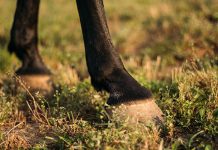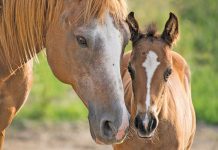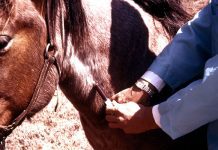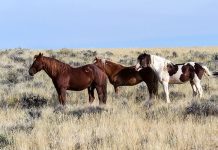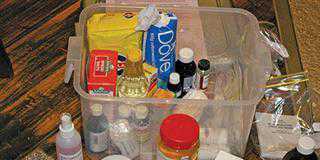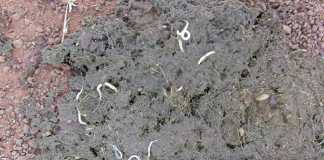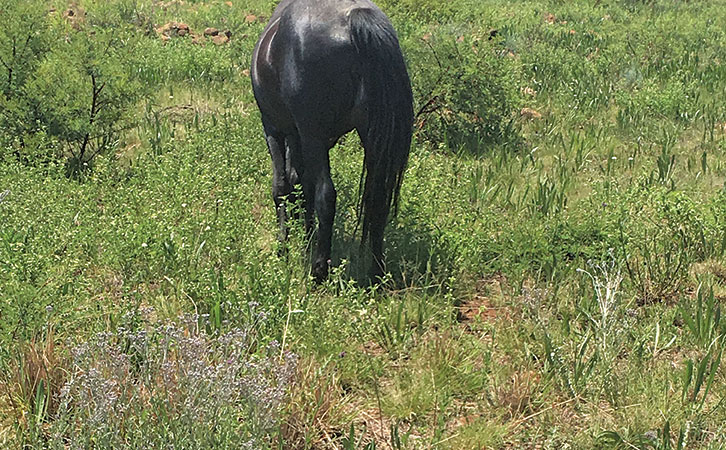
Photo: Dr Mac
Horses deposit organic nitrogen and potassium on pastures through their urine and faeces. This acidifies the soil. When rain is scarce in spring, weeds that thrive in nitrate will take over the paddock while the grass in between will be grazed down to the roots. It is not easy to rotate pastures in drought, and supplementary hay
bales do not prevent overgrazing.
Preventing overgrazing
The first step is to move the horses into another paddock. Then cut all the weeds using a brushcutter or tractor with a slasher, before raking them into heaps and removing them. If
you bury weeds that are already seeding, they are likely to regrow.
This also happens if the pastures are ploughed instead of cut. Composting or using chemicals on cut weeds can be effective, and burning heaps of cut weeds is also useful if there is no fire risk.
You should also take several soil samples from different areas of the paddock and have them pH tested. Organic nitrate usually acidifies soils, so if the soil pH is 5,5 or less, action must be taken.
One way of reducing the nitrate content of your soil is to plant nitrogen-loving crops such as vegetables (if you have enough paddocks for this). However, it is not easy to sell small quantities of vegetables onto the market, and the cost of the labour and diesel required for vegetable farming prevents this option from being financially rewarding.
A better option is to top-dress the pasture with agricultural lime and then use a ripper on it.
Rain is needed to soak the lime into the ground, otherwise only the surface soil will be fixed, while the roots of the weeds will stretch down to feed in the subsoil. Thus,
timing is important if you don’t have enough water to irrigate.
Lime and horses
Lime on the paddock surface can burn horses’ mouths, or other parts of their bodies
if they lie down or roll. The lime can also be blown up into their eyes and nostrils, causing severe pain and inflammation.
Careful planning is therefore required. Sprinkle the lime when the first rain has dampened the soil, or drive a water sprinkler over the paddock immediately after the lime has been applied. It is also a good idea to keep all horses stabled or move them to paddocks on
the other side of the plot or farm when lime is being applied.
Once the lime is spread, take a ripper through the paddock and irrigate. Wait until the lime has dissolved before allowing horses back into the paddock. Dissolving lime usually takes deep irrigation or at least a week of heavy rain.
The amount of lime required will depend on the pH and soil type. However, in my experience, lime is effective in controlling pH and weeds in the treated paddock for at least two years.
The improved growth of the grass also decreases the cost of supplementary feeding, and the paddock and horses will be in much better condition by the end of the rainy season.
Remember that prevention is always better than cure; rotating paddocks and removing manure also help keep soil pH high.
Dr Mac is an academic, a practising equine veterinarian and a stud owner.

